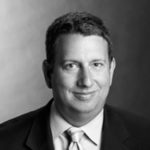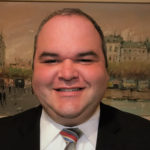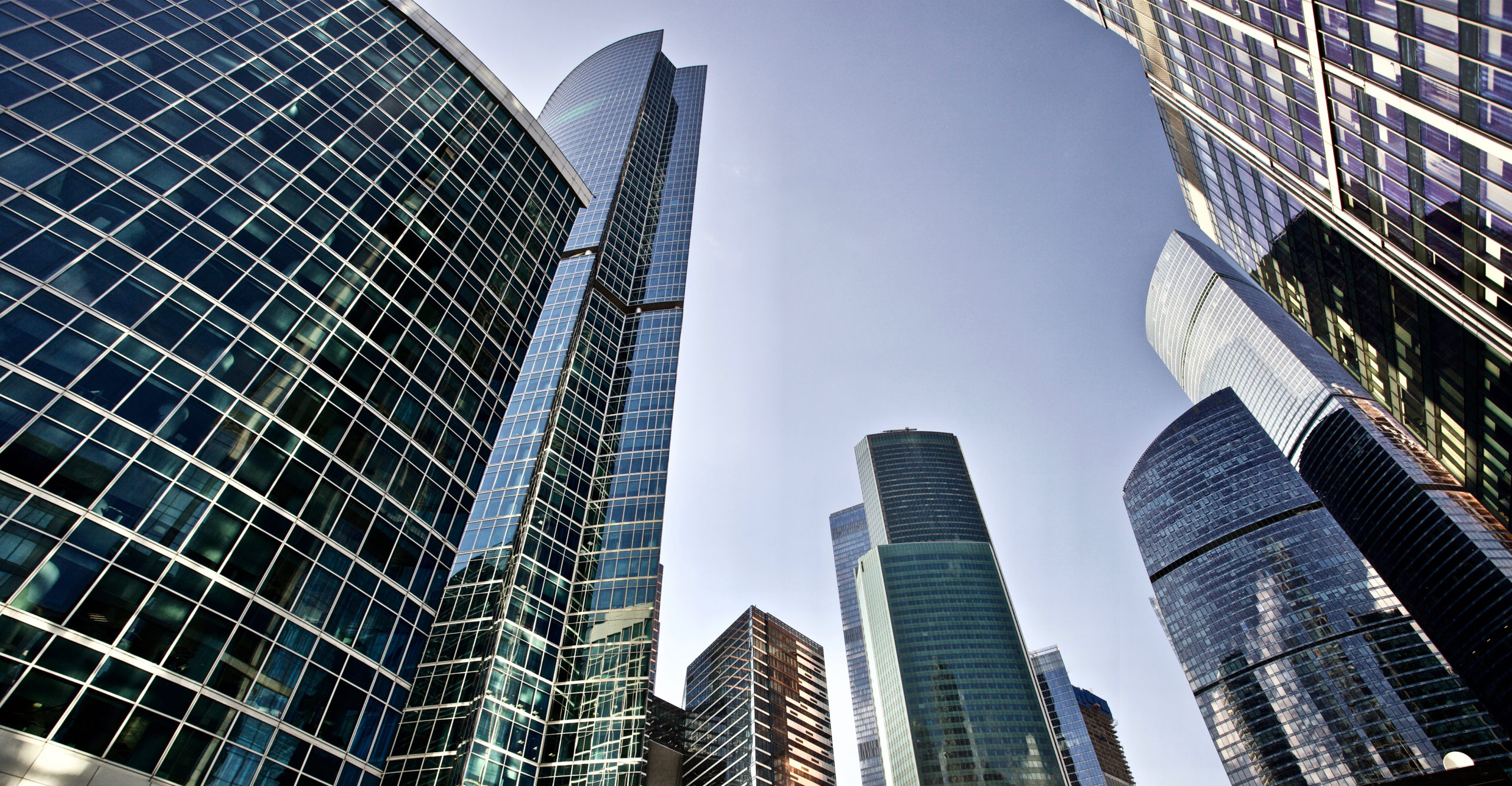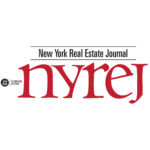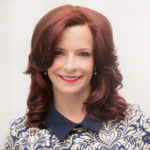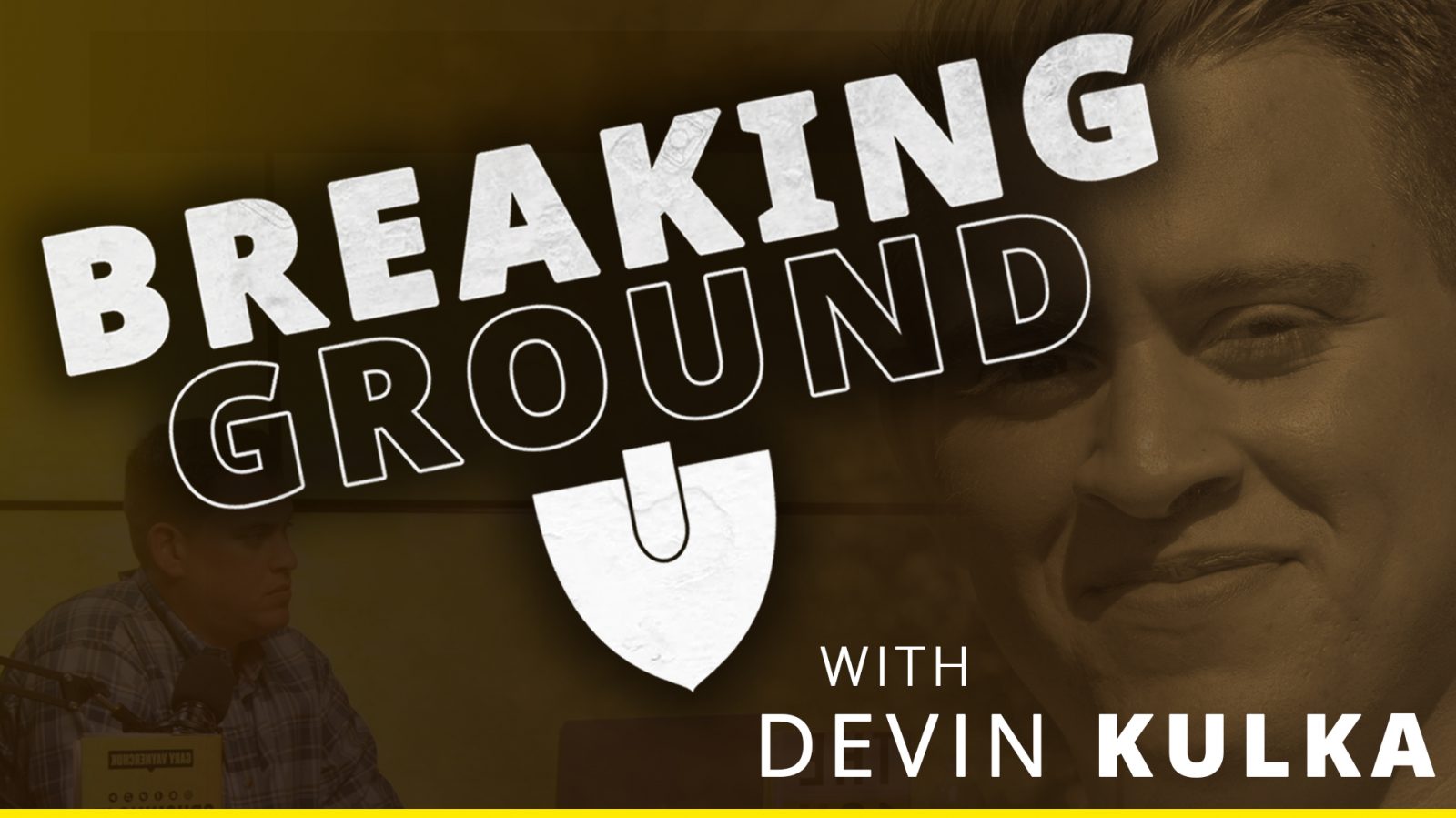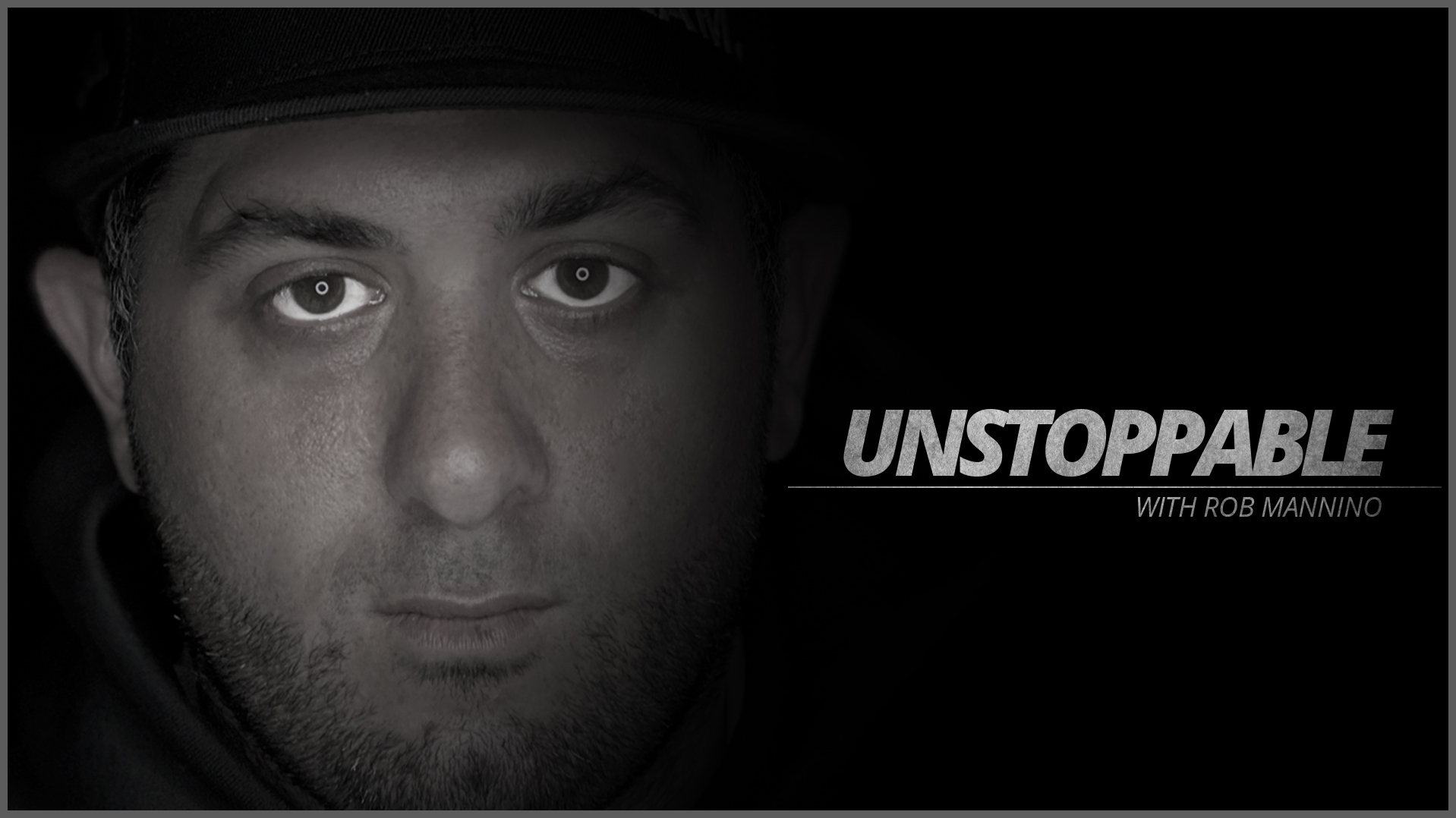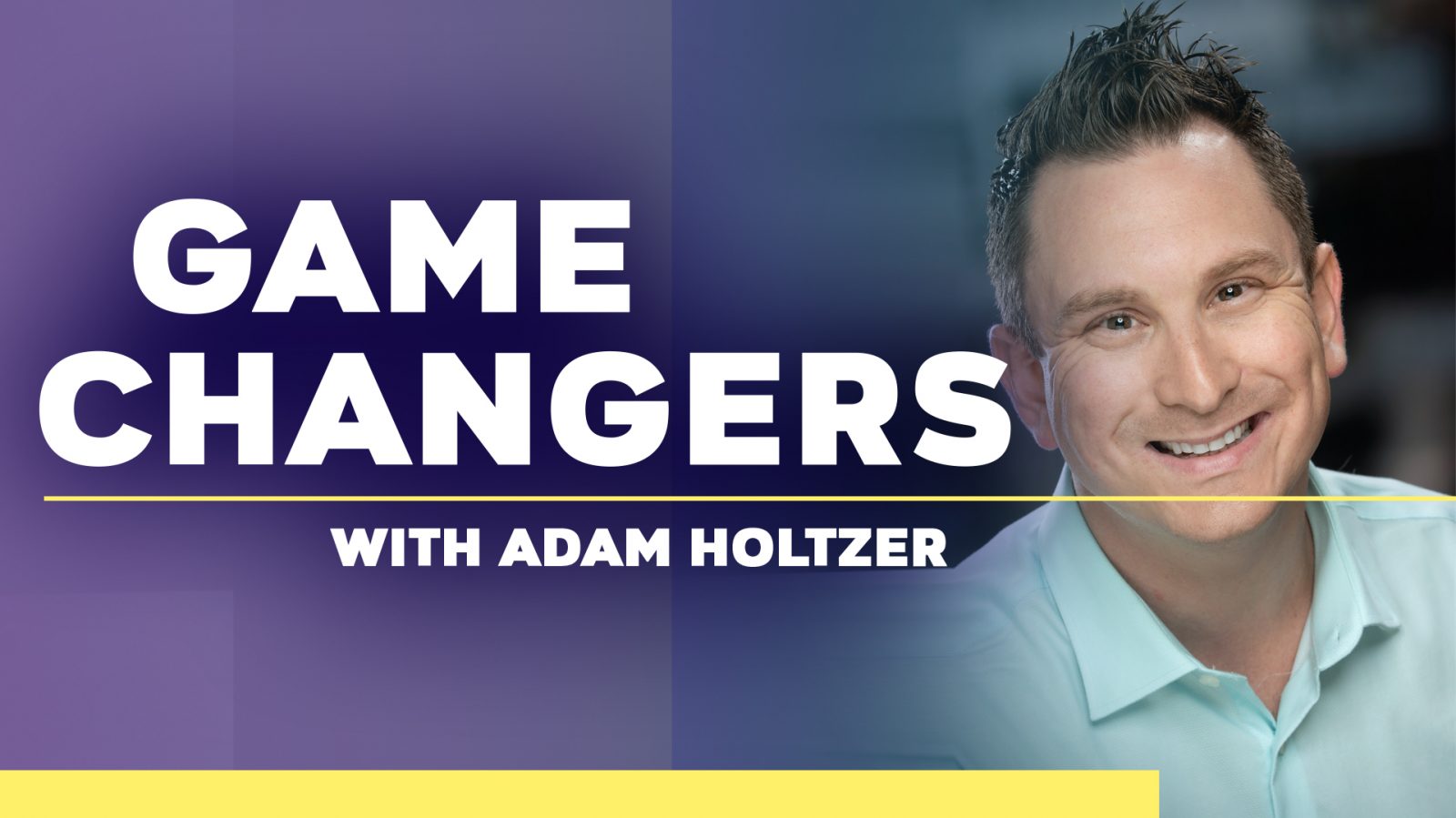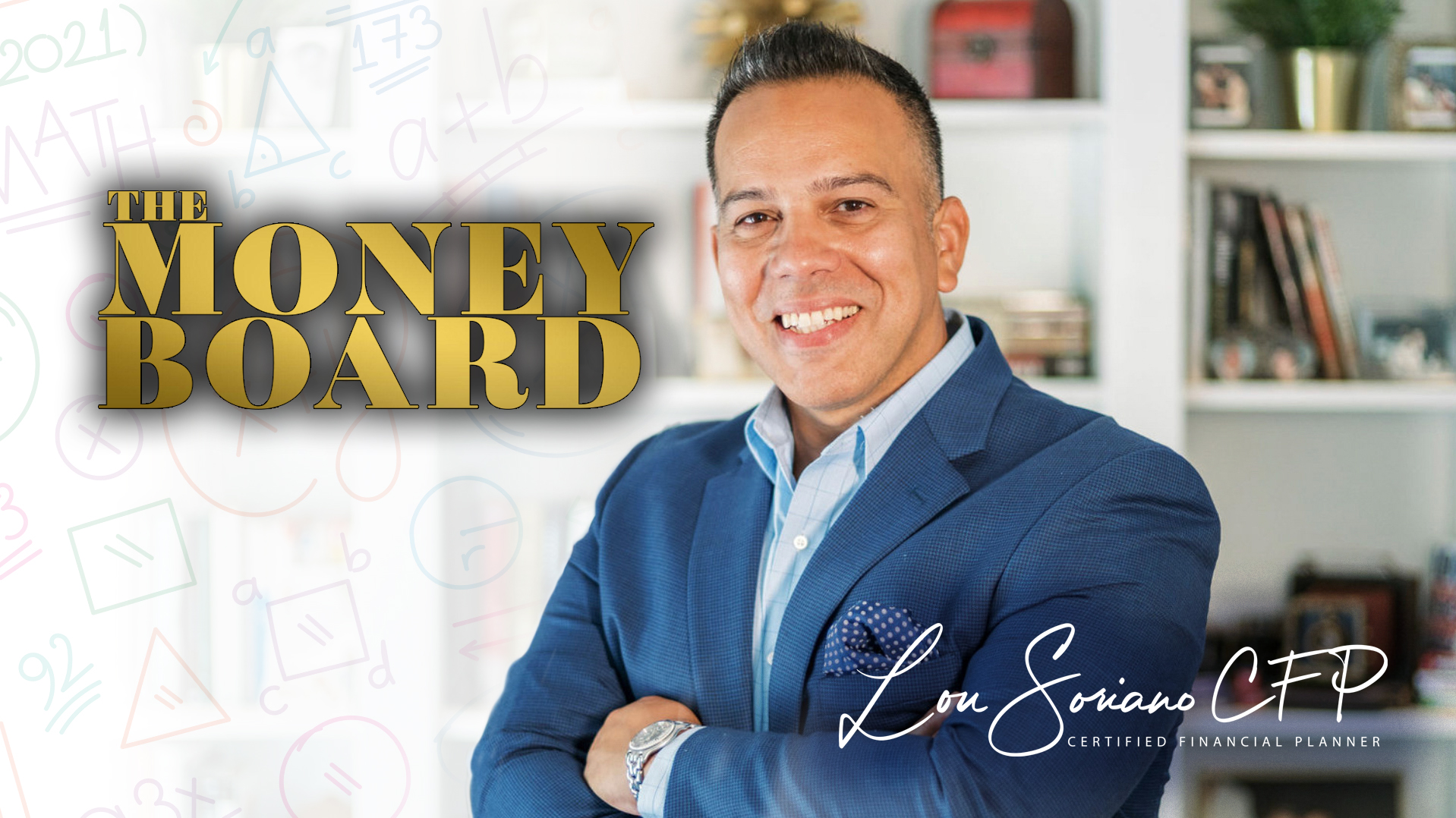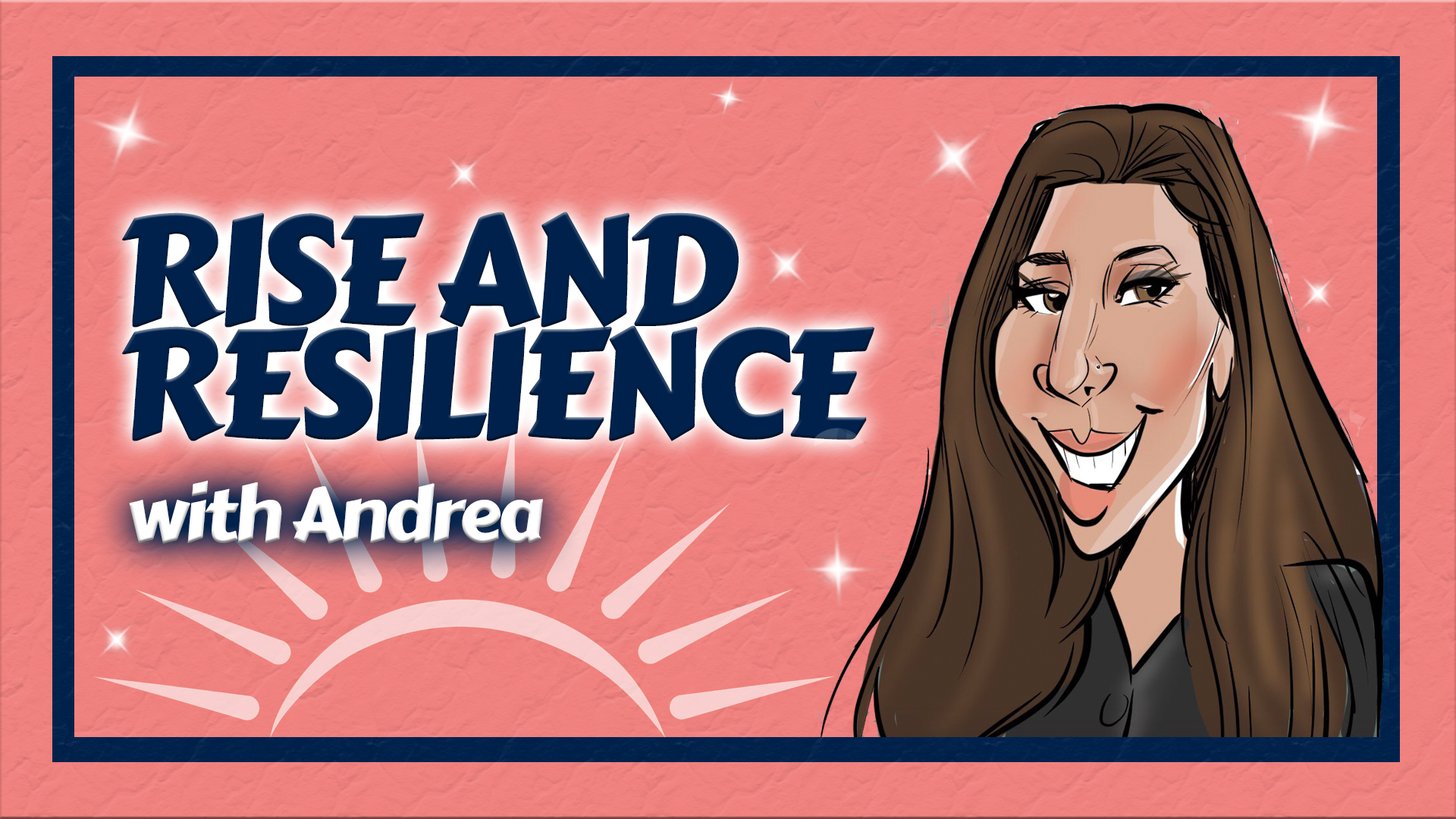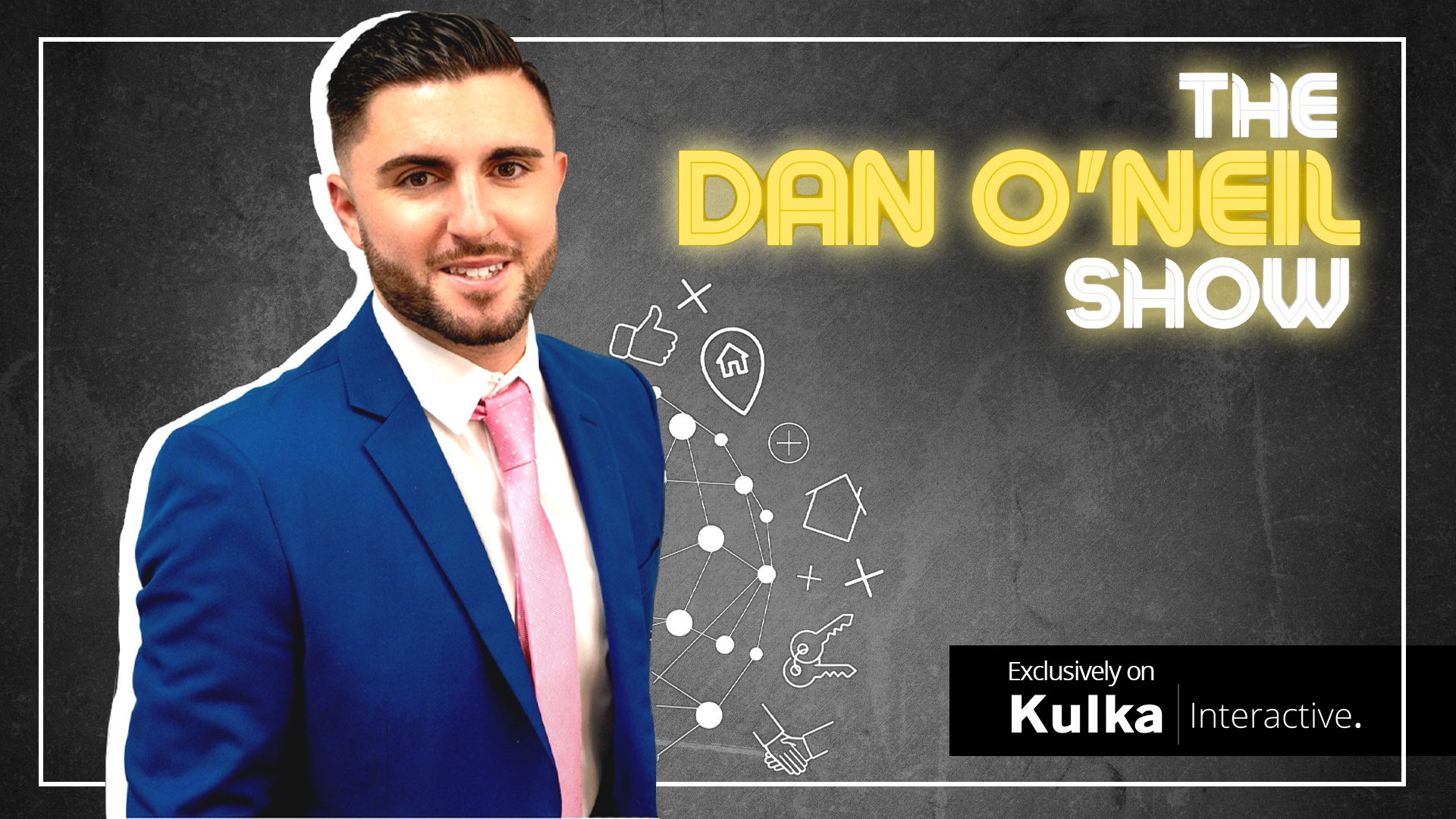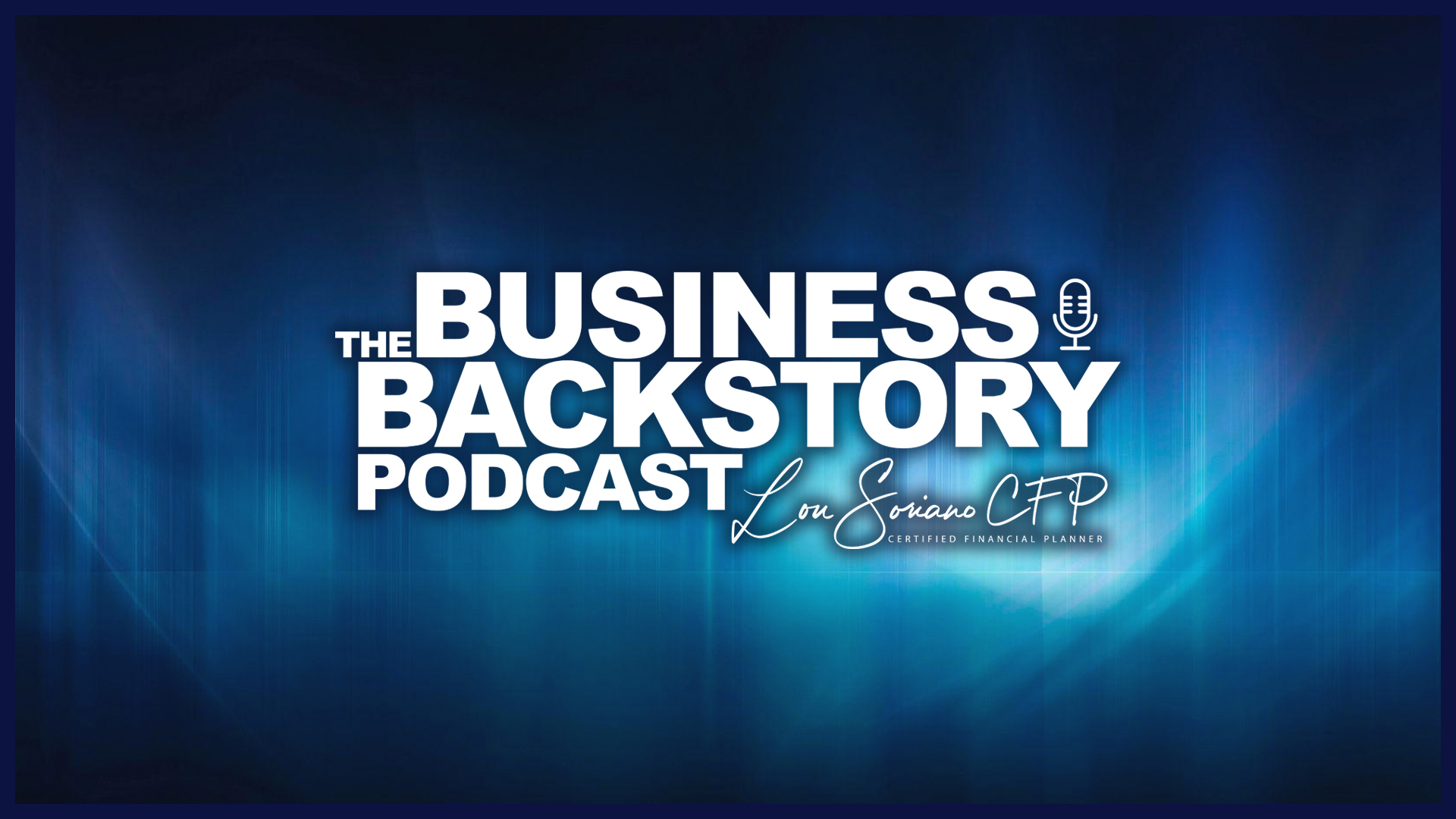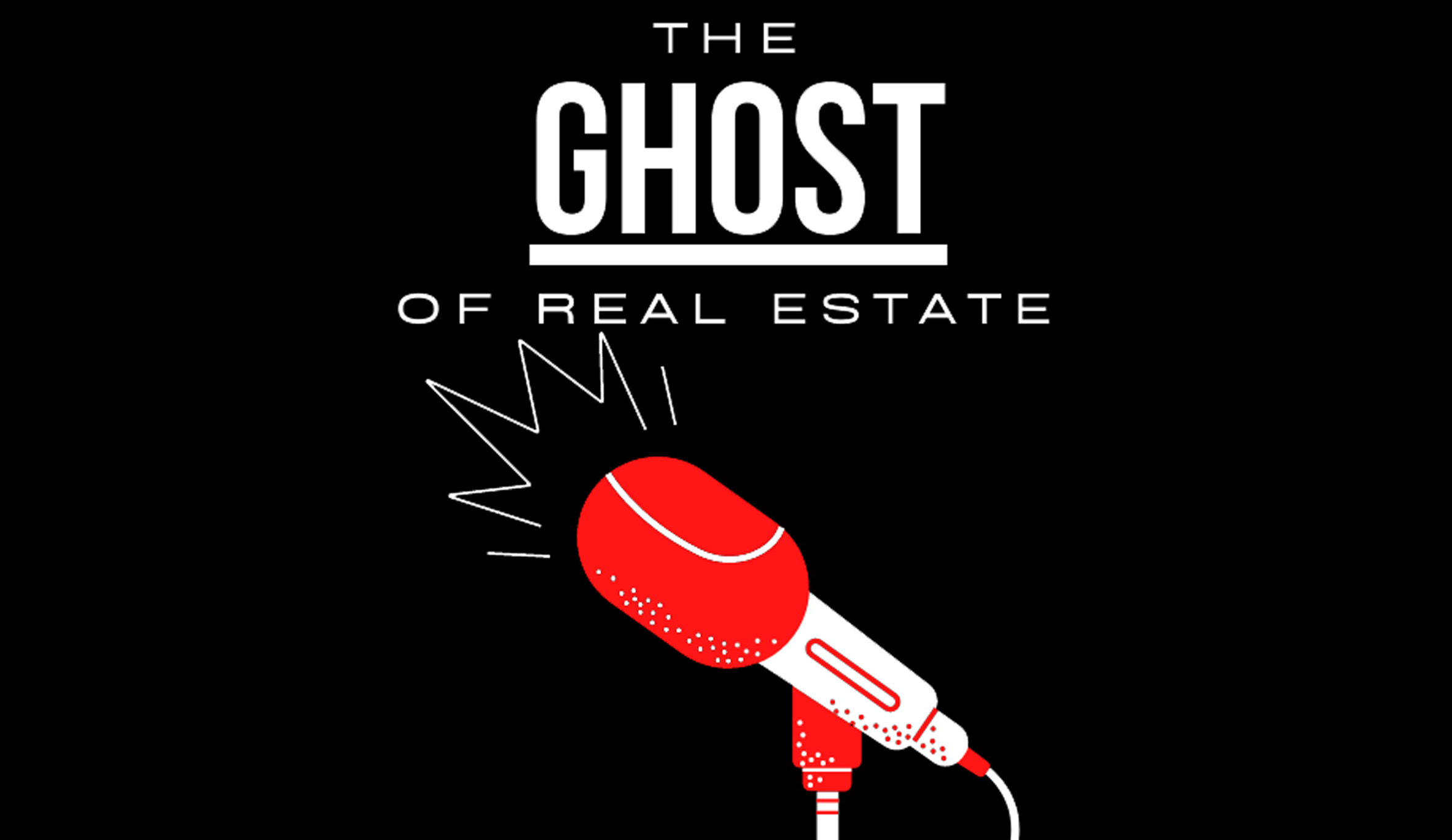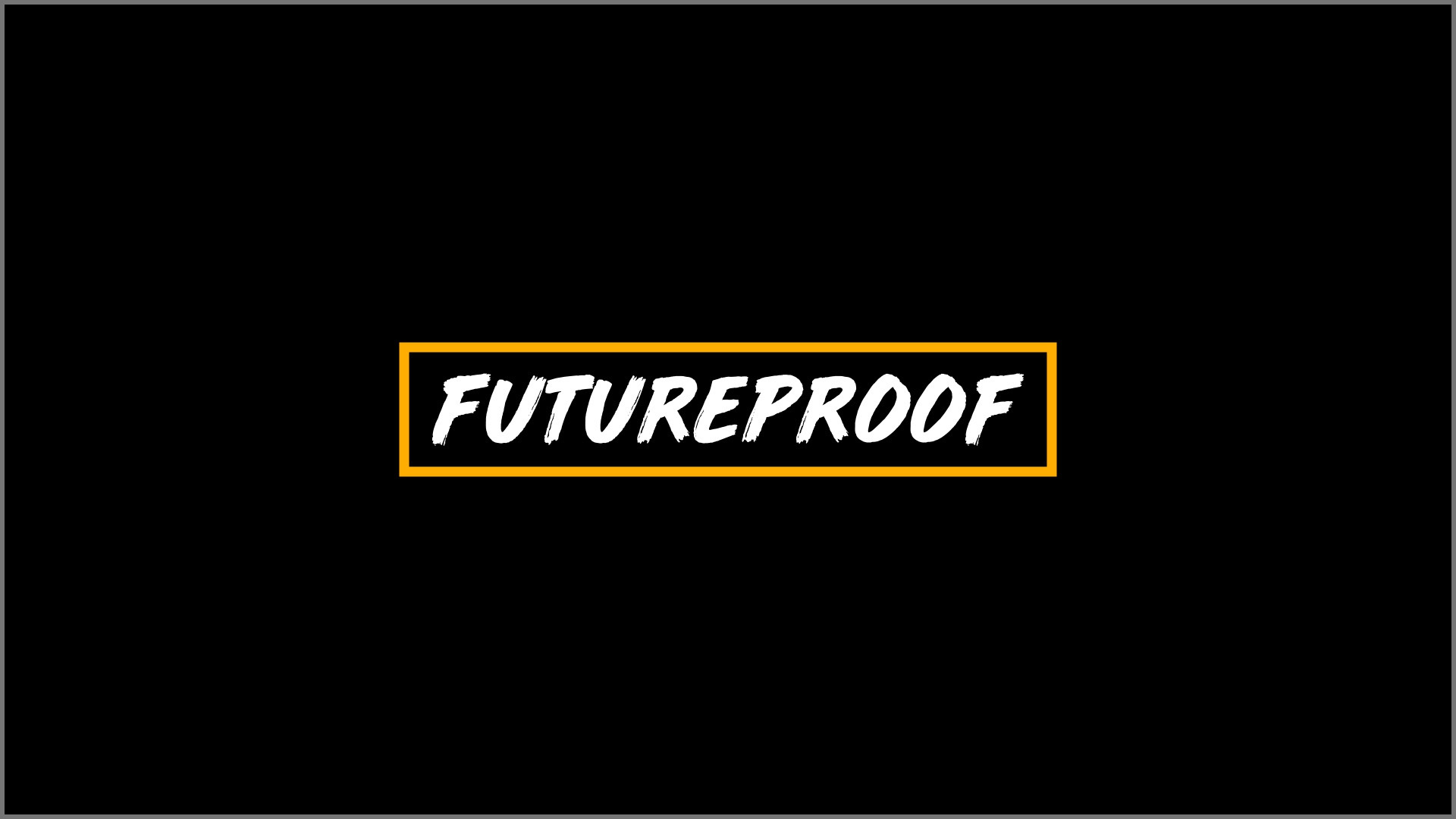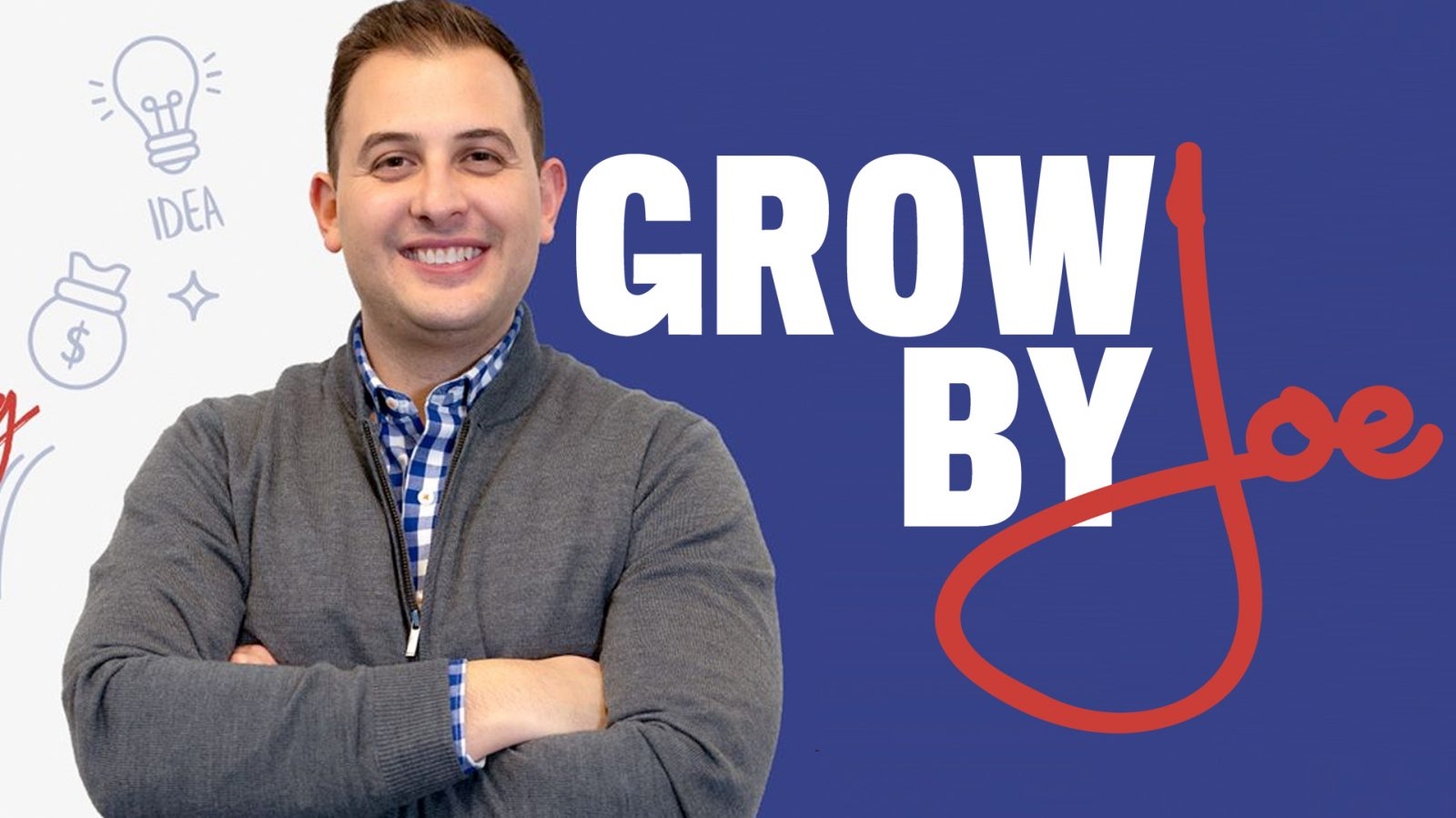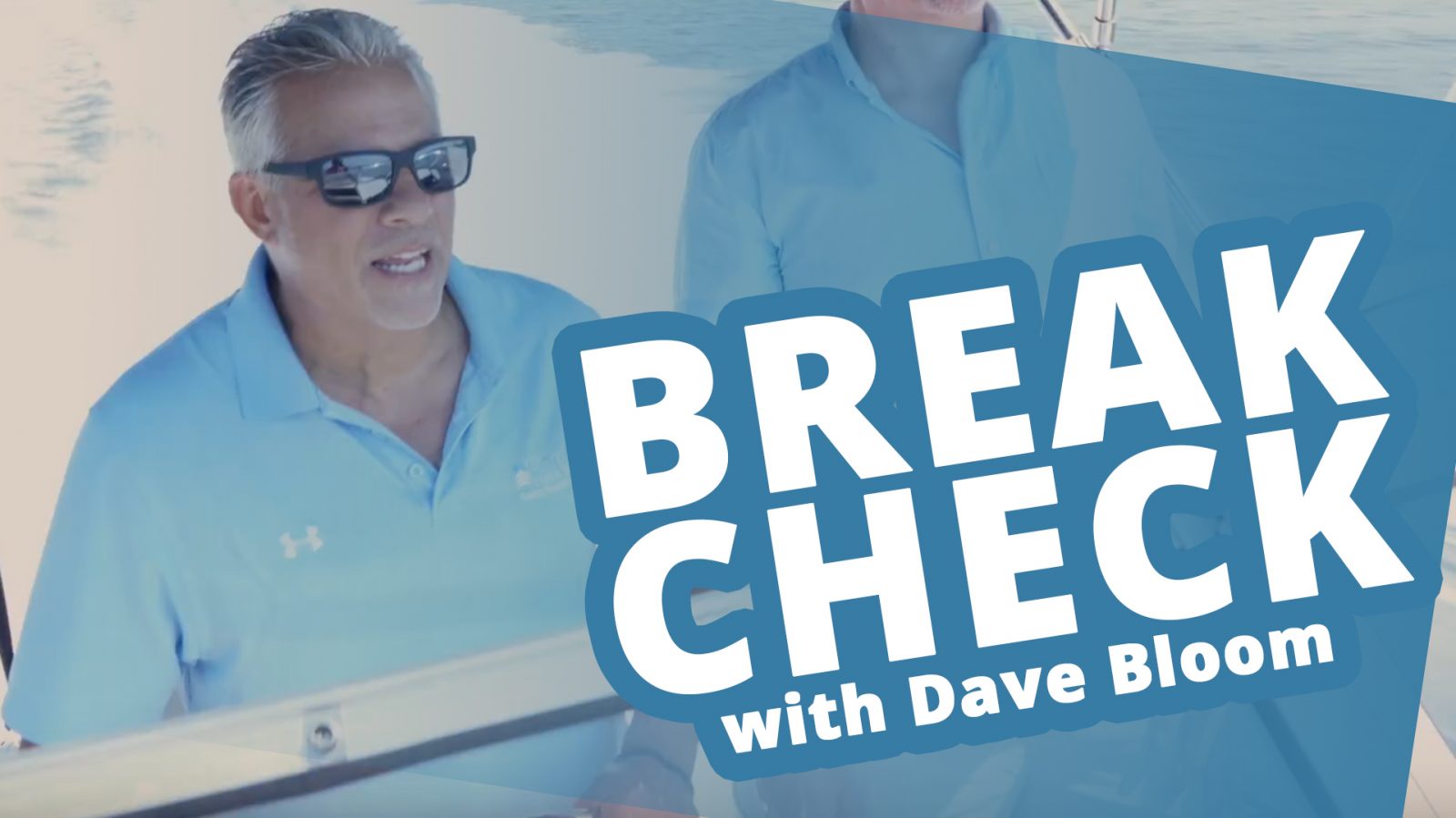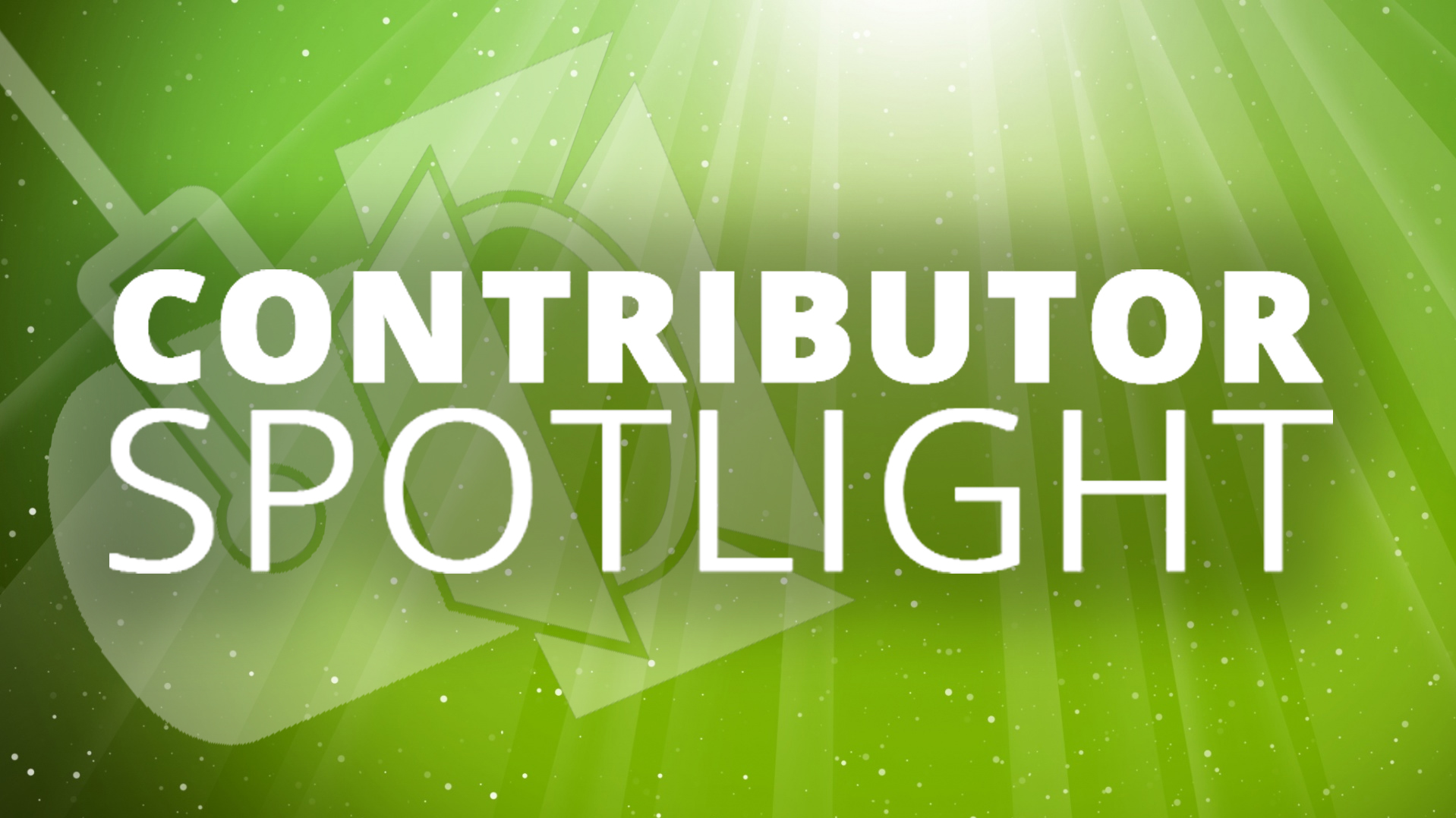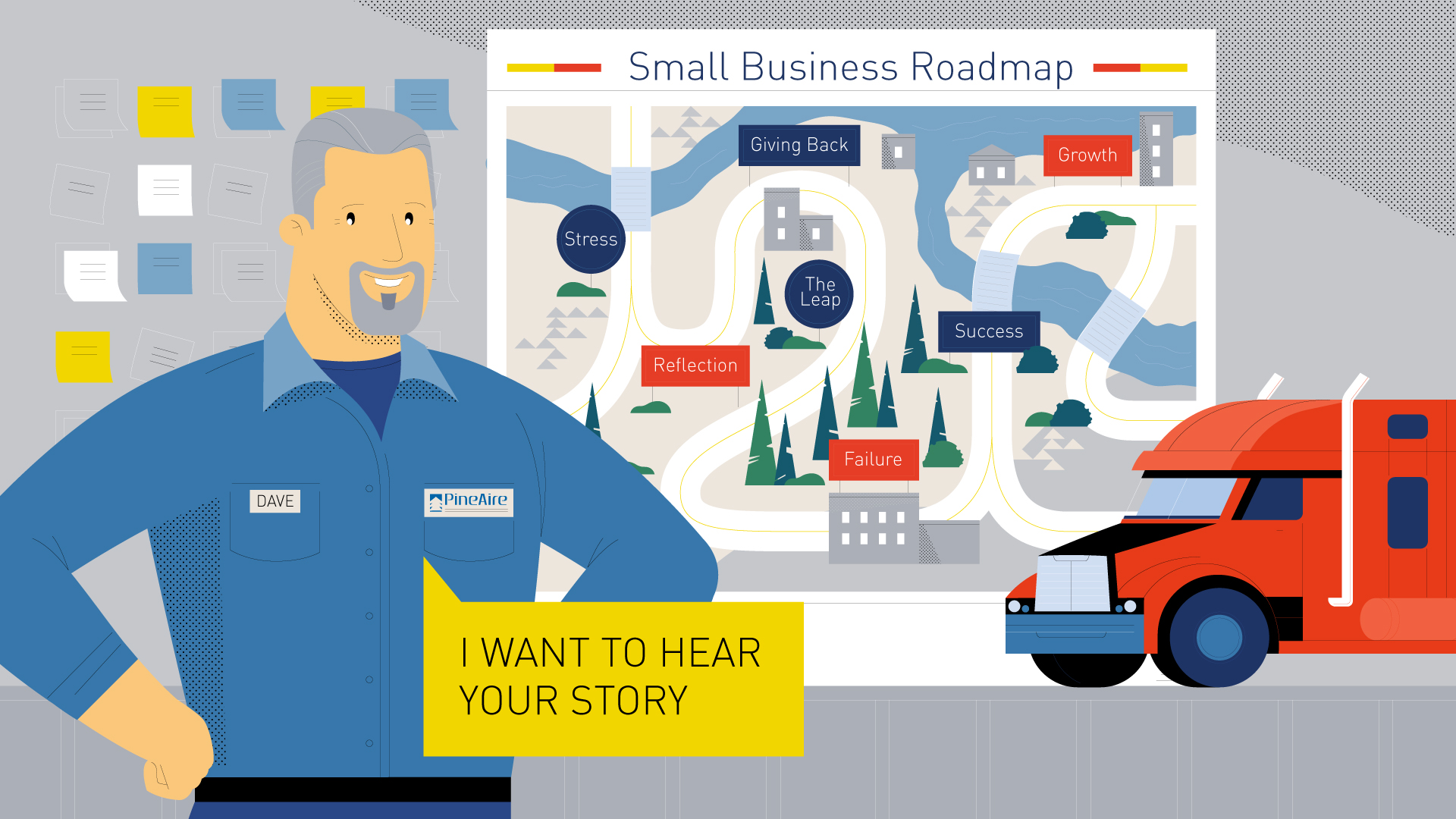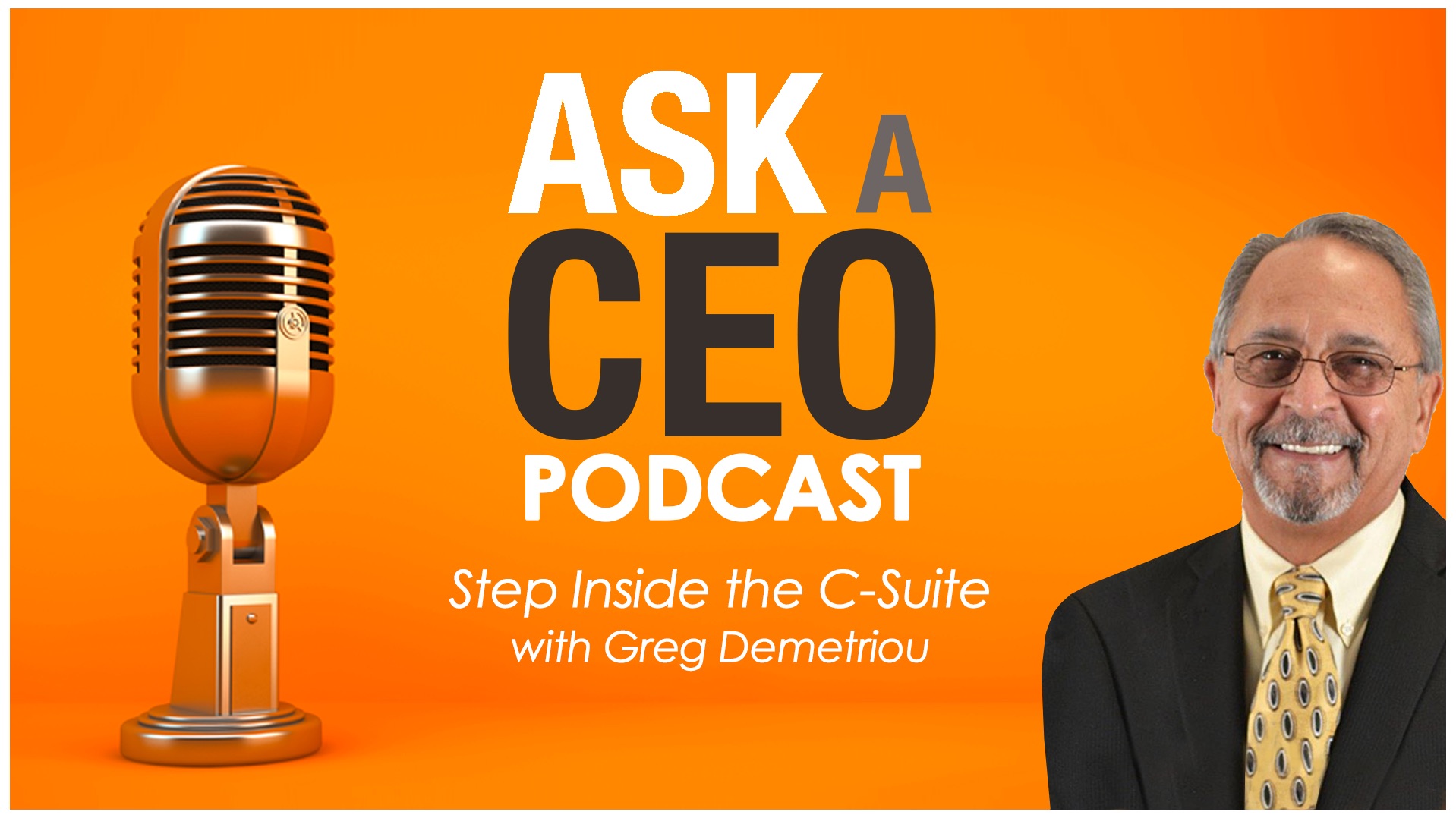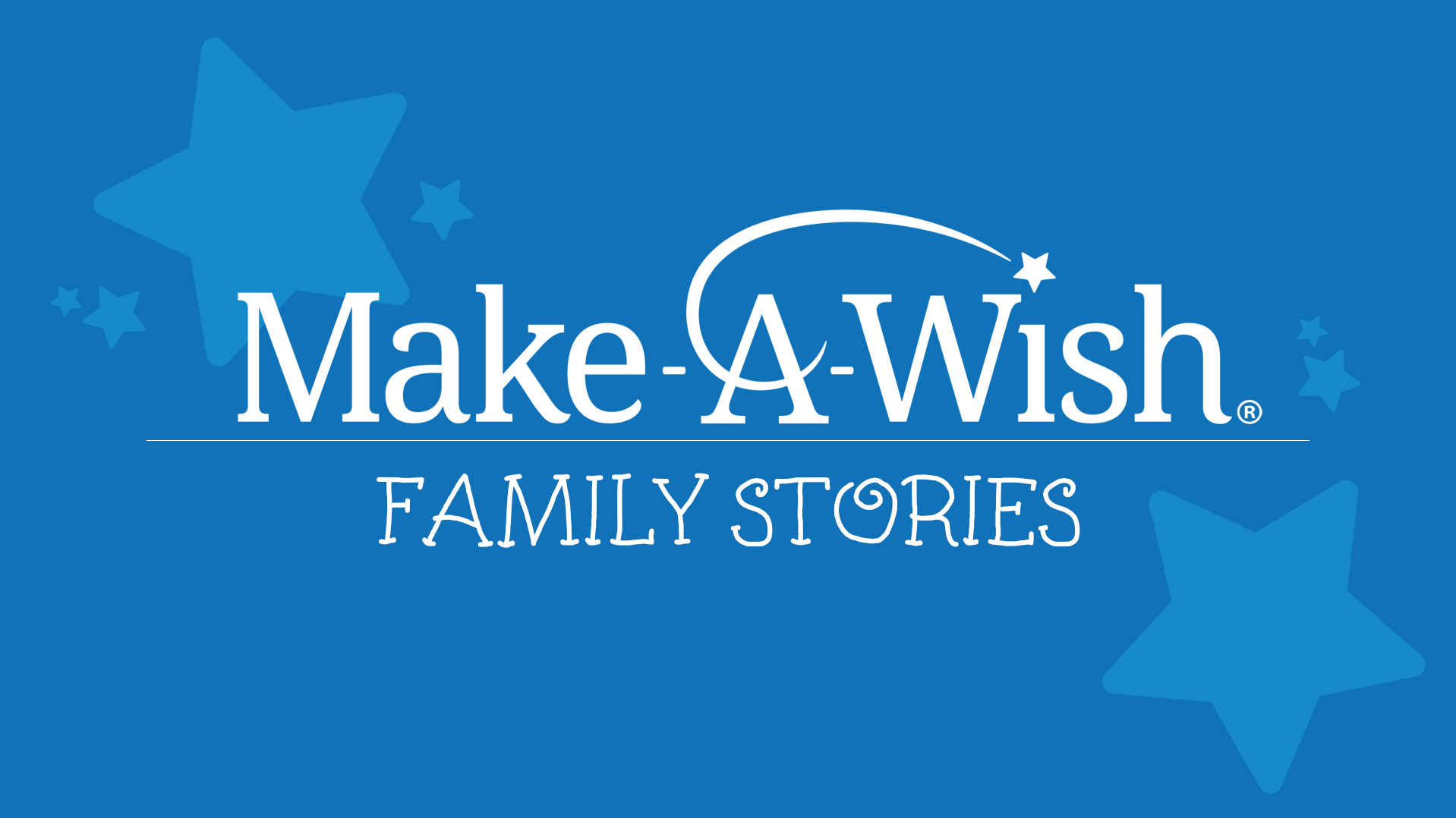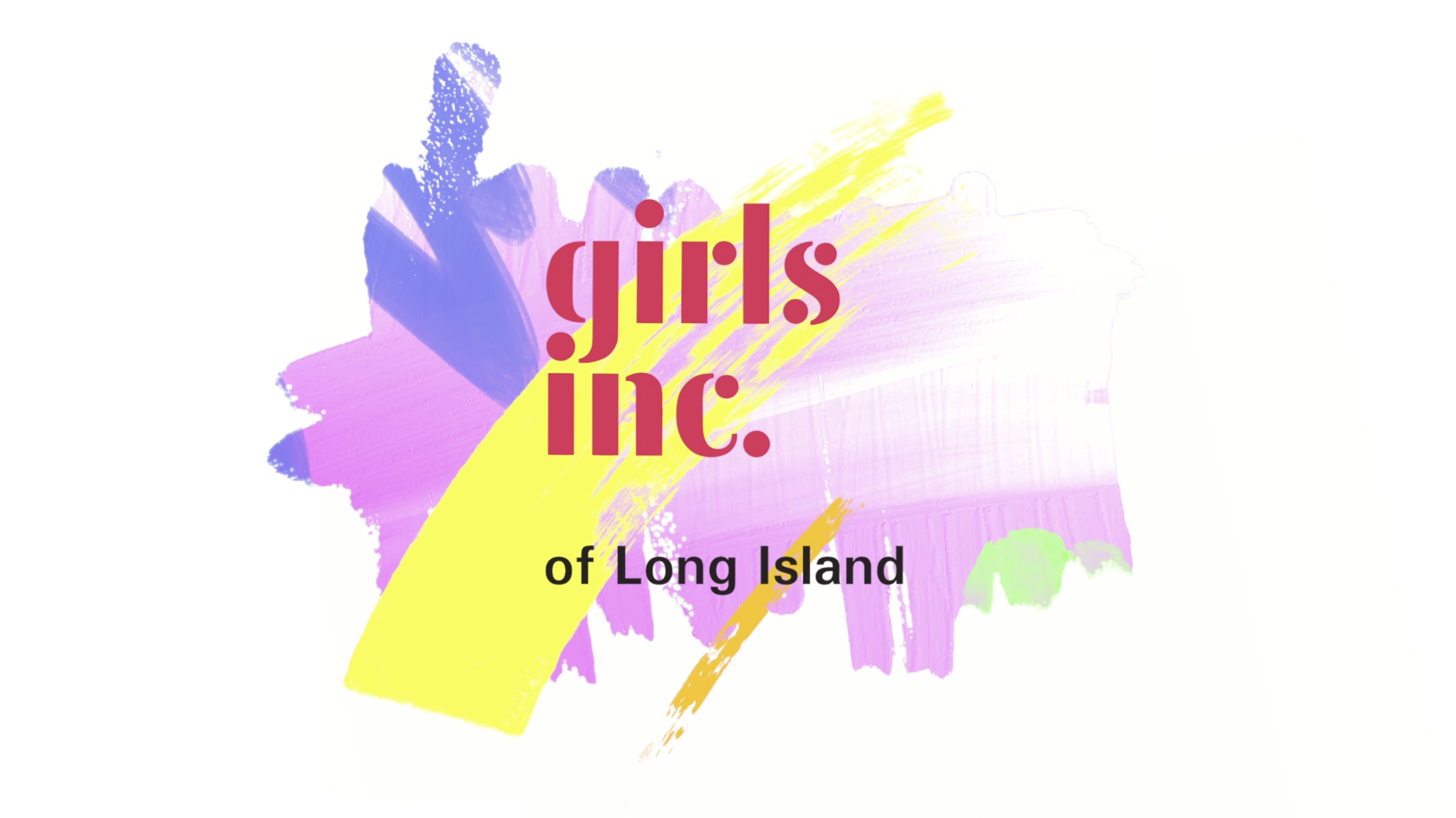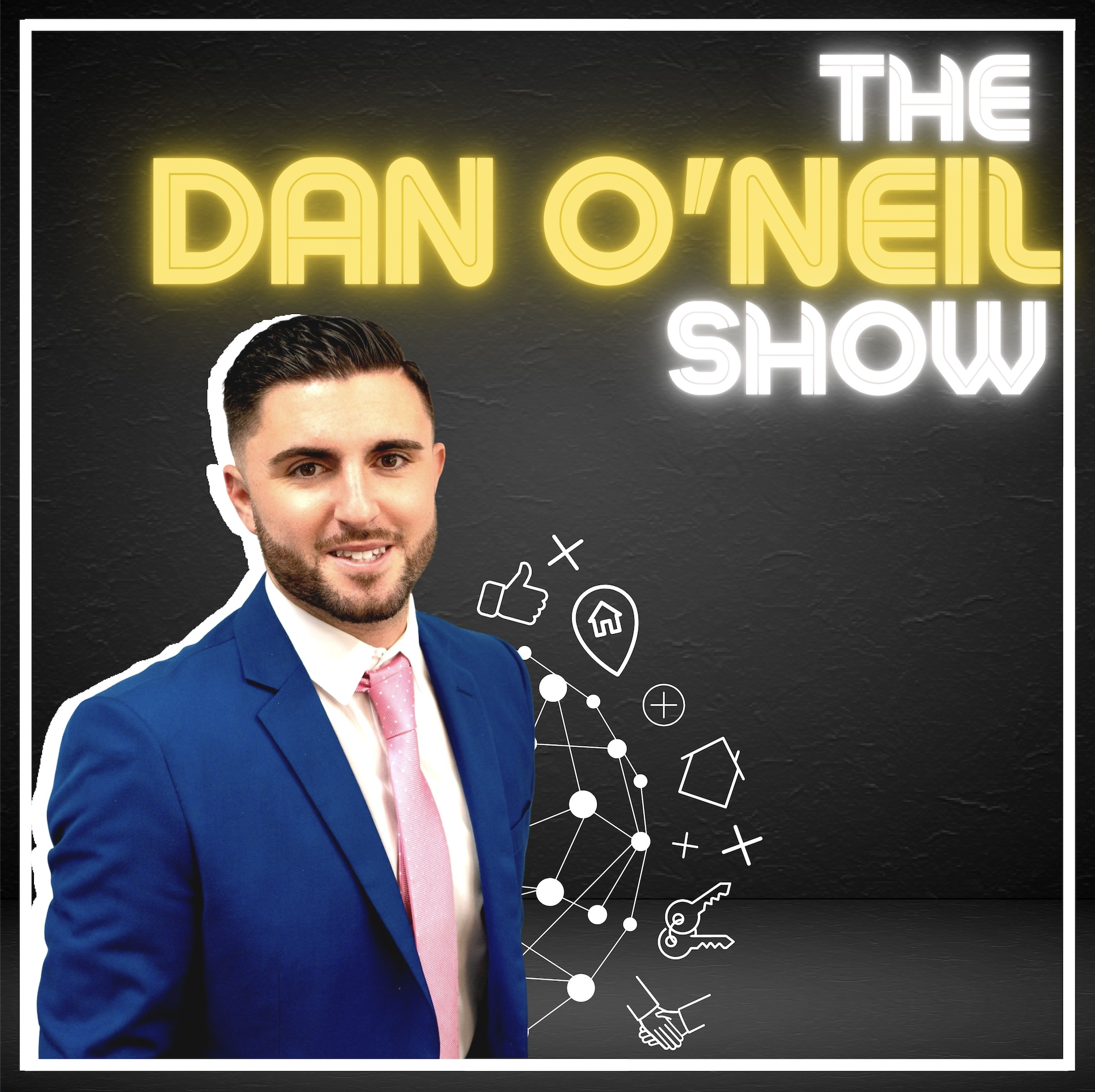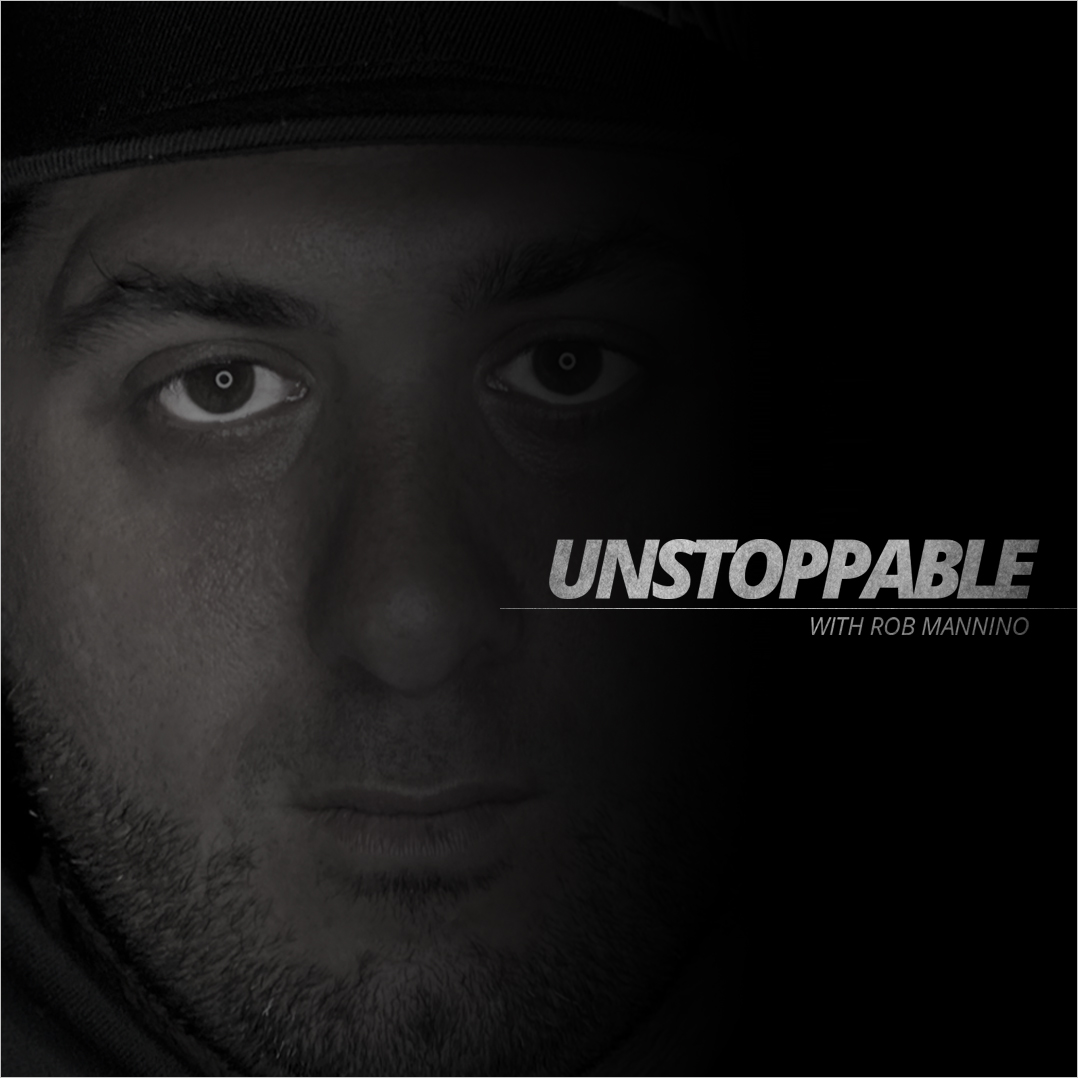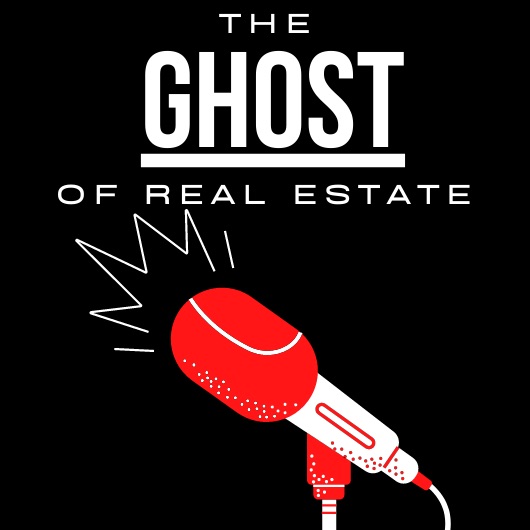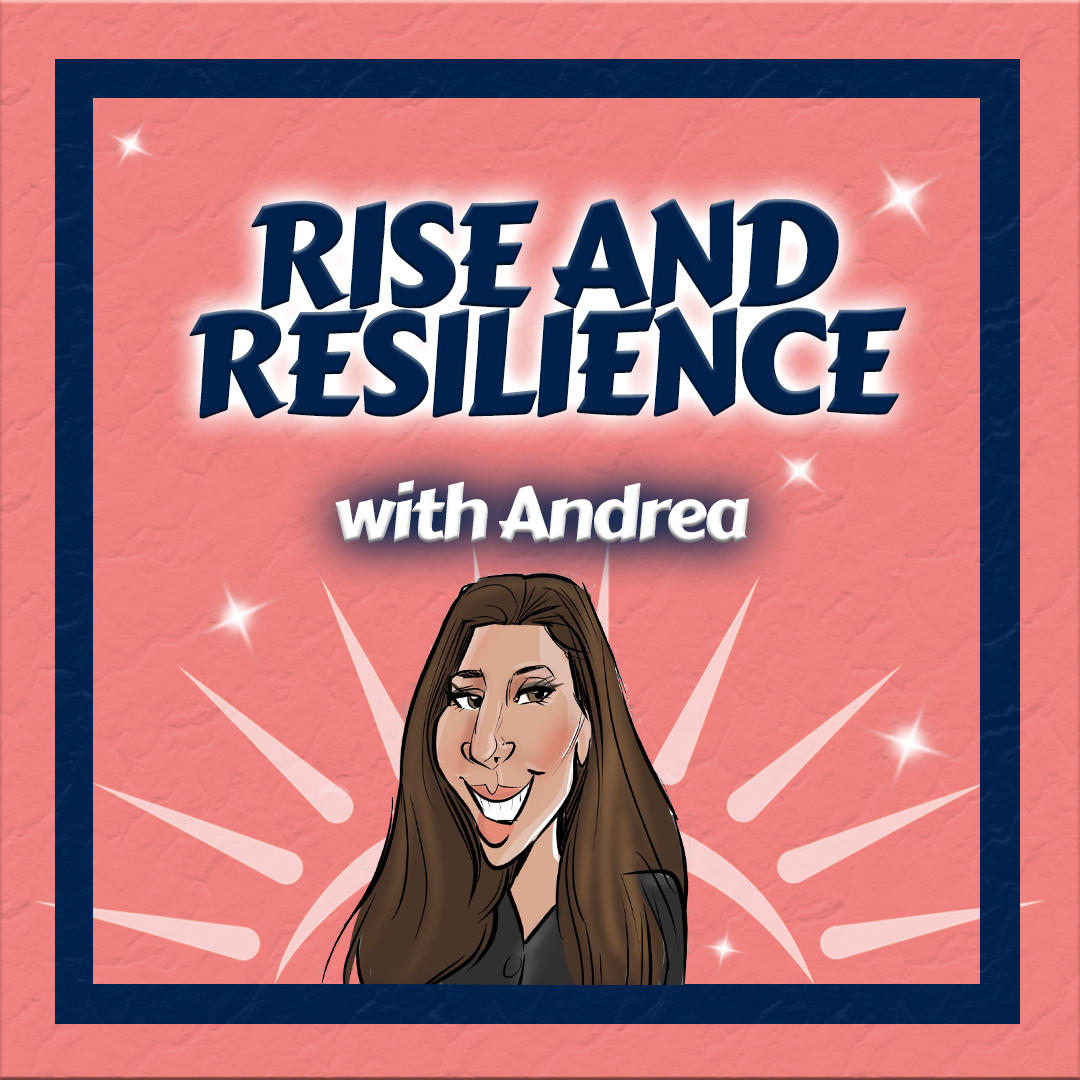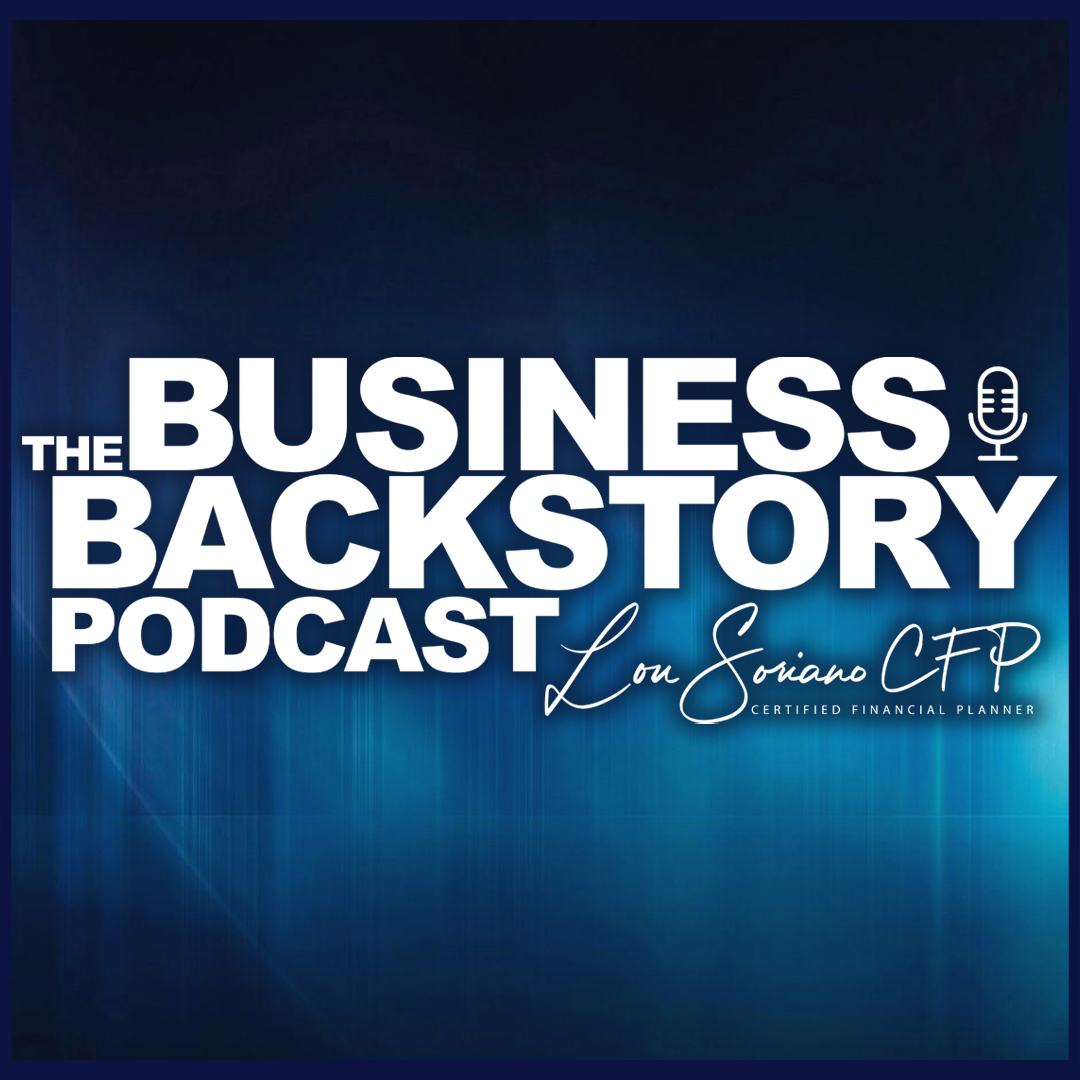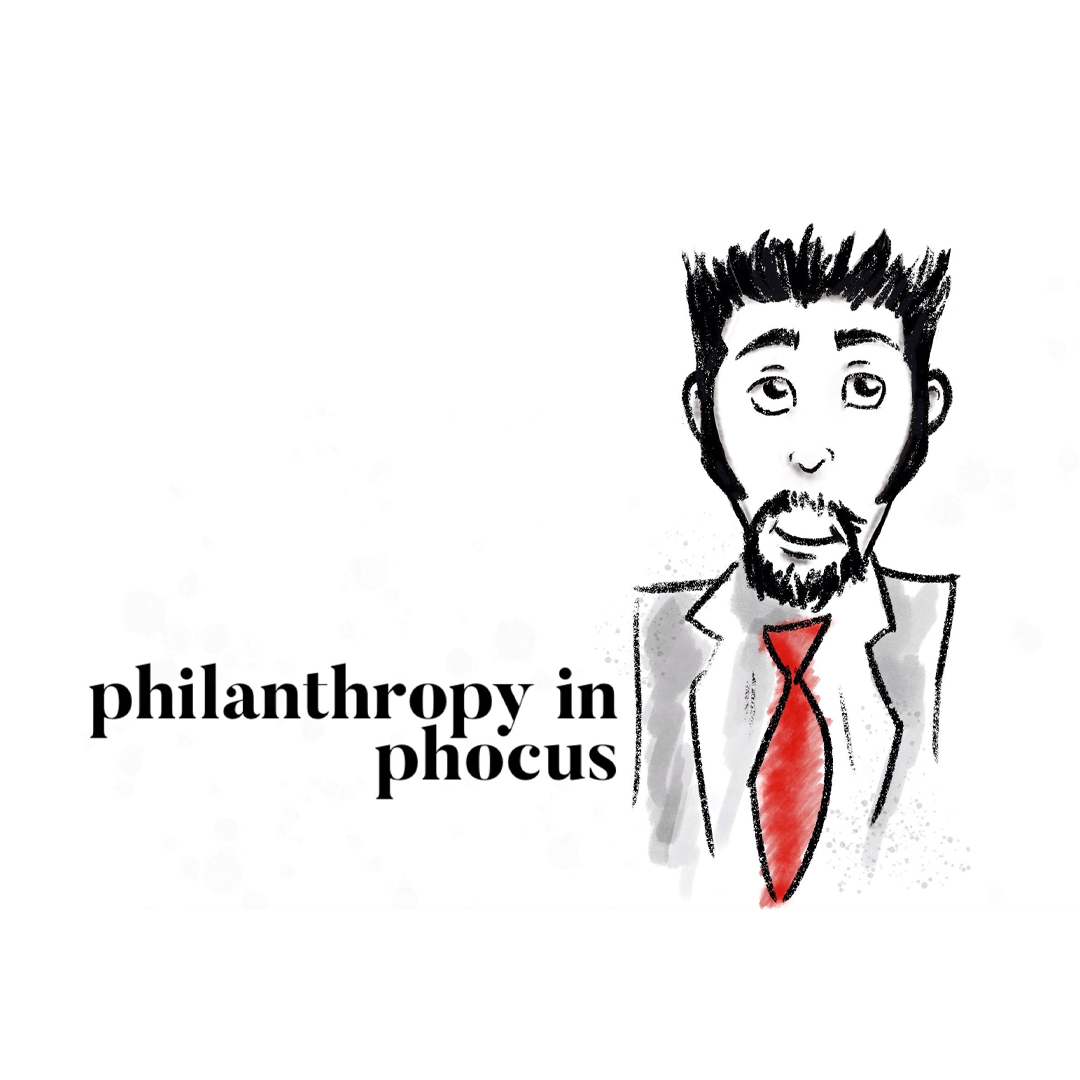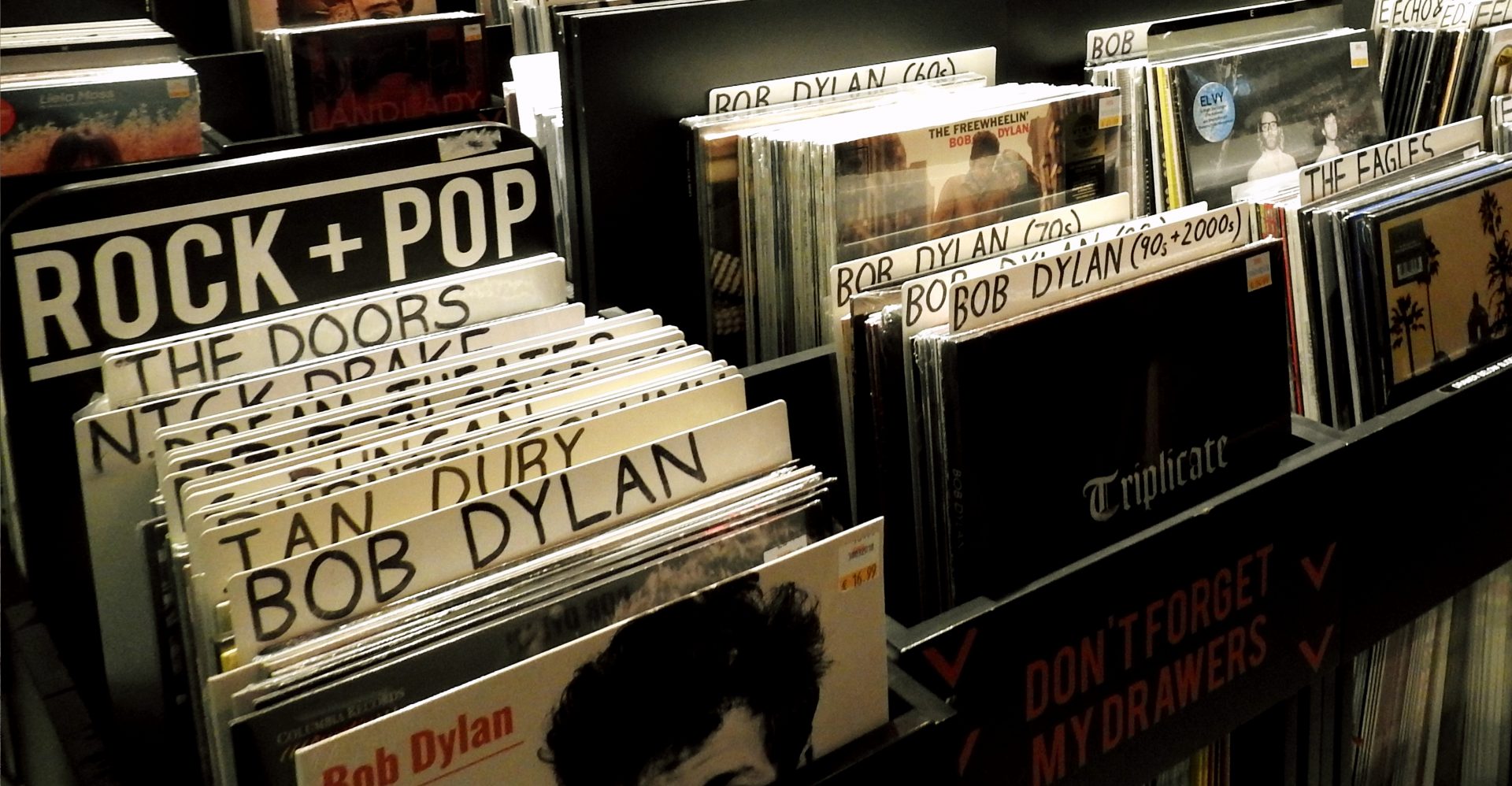
April 2020
5 Min Read
The Politics of Music: Part Two
The pre-Beatles music of the time however that was not neutral, though was folk music, or more accurately, “contemporary folk music”. This unquestionably was “message music” with an overt tilt to the left. Having its genesis in the Great-Depression and Dust Bowl – era with Woodie Guthrie, Lead Belly and Pete Seeger, by the late 50’s and early 60’s a new groundswell movement started that included The Kingston Trio, Joan Baez, The Highwaymen, Peter, Paul and Mary, The Seekers, Judy Collins, and, of course, Robert Zimmerman, better known as Bob Dylan. But folk music did not have the reach of popular music and had few “hits”, so its mainstream traction was limited. This “serious” music was mostly confined to coffee houses, clubs and somewhat snobbishly or pretentiously to the “intellectuals” and “college crowds” of the time. So, up to the end of 1963, politics, or in particular, liberal politics was pretty much absent from mainstream popular music, which leads again to the question: when exactly did popular music and rock and roll become the exclusive province of liberals?
The answer, at least has its origins in February of 1964 with the arrival of the Beatles at the newly named JFK Airport in New York and their first appearance on the Ed Sullivan show, watershed moments in the USA’s, if not the world’s cultural history.
As a self-confessed Beatles fanatic, one thing that has always interested me was the Beatles’ specific influence on our culture’s Political/Social viewpoints during their time together. Although the Beatles we not overtly political, except for some snippets evident on the White Album, they nevertheless prompted a sea change in the general sociopolitical sensibility of popular music. Or – maybe more precisely – they, with a little help from their friends – created a sociopolitical sensibility in popular music. Prior to the Beatles influence, pop music really didn’t contain much of any sociopolitical messages and it was difficult, if not impossible to discern any artist’s social, philosophical or political leanings; Popular music certainly didn’t start out as music of depth.
The Political/Social sea change in Popular music came with the merger of Pop/Rock and Roll and Folk music, specifically with the influence that the two titans of these respective genres (The Beatles and Bob Dylan) had on each other. In fact, 1965 seems to be the precise inflection point for this change with the Beatles releasing of the Dylan-influenced HELP and Rubber Soul albums and Dylan finally, professionally admitting his Beatle fixation and love of Rock and Roll in general full on by first electrifying his music on half of his Bringing it All Back Home album and during his controversial appearance that year at the Newport Folk Festival.
Up until Dylan’s change, Rock and Roll, and in particular, The Beatles had been considered “kids music” by Dylan’s folk peers. Dylan even admitted in an interview that, at first, he had to keep his love of the Beatles to himself for fear of embarrassment in front of his folk brethren. But Dylan was apparently a bit of a semi-closeted rock and roller at the peak of his folk fame. The story goes that Buddy Holly was possibly the first great musical influence on Dylan and that he attended a Holly show in January, 1959 in Duluth, Minnesota, just a few days before Holly was killed in the infamous plane crash that also took the lives of the Big Bopper and Richie Valens. Dylan played in rock and roll bands during his high school years but converted to folk after he began attending college at the University of Minnesota.
During college, he immersed himself in the Minneapolis folk scene and adopted the name Bob Dylan after discovering the work of Welsh poet, Dylan Thomas. He then dropped out of college and moved to New York in January of 1961 to perform and meet his ailing folk musical idol, Woodie Guthrie. From that point on, he performed in the Greenwich Village folk scene and quickly built a reputation as, possibly the most talented of his folk peers and became about as well known and successful as possible within the limited lens of the folk world.
But Dylan was more than just a folkie. In fact, his very early music had hints of his love of the blues and rock and roll that were overlooked by his folk audience. His decision to move on from the limits of folk has been discussed and debated to this day and his decision seems to have been informed by combination of things.
For example, in 64, after seeing A Hard Day’s Night and going crazy, a bunch of former folkies changed the name of their recently formed rock band to The Byrds. Since they were previously folk musicians, they and their manager hit on, what would prove to be a genius idea of covering a little known Dylan song by speeding up the time signature, electrifying it and, as a result prettying it up for mainstream pop; the song was Mr. Tambourine Man. Dylan himself heard the band perform the song months before its release and was impressed. In addition, by 65 Dylan was chafing at the “voice of a generation” label that was being applied to him by his folk audience and was apparently looking to escape it. Lastly, the phenomenal success and widespread appeal of the Beatles must have caused him at least a degree of envy and fueled his desire to go beyond folk artist territory and become a Rock and Roll star, or at least one on his terms. Given all these factors, the time apparently seemed right to him to go in a different direction.
Dylan’s love of, and proclivity for both musical forms, his inspiration to combine the serious, literate lyrical content of folk with the tuneful and rhythmic musicality of rock and roll was the match that lit the fuse for socio politics to enter mainstream music, where it has stayed for the past 55 years. Placing these two creative forms into the theoretical blender must have seemed completely antithetical, if not blasphemous to high-mined folkies at the time, but it worked! Dylan, by going out on his own private limb, lent credibility to the idea that Rock and Roll was not necessarily just kids’ music provided that they imbued it with serious lyrical content.
All of a sudden most of the leftover old folkies, John Philips, Stephen Stills, John Sebastian, etc. followed David Crosby, Gene Clark, Jim (Roger) McGuinn (of The Byrds) and Dylan’s lead and frantically began trying to write Rock and Roll music in the style of the Beatles or their British Invasion contemporaries. Apparently, having lots of screaming fans, being on Ed Sullivan and getting rich was enough to convince them that this new-fangled form of Rock and Roll stardom sure beat trying to scratch out a living in near poverty in the Greenwich Village or California folk music club scenes.
From that moment in time on, with few exceptions and just as the rest of the Entertainment Industry had decades prior, Popular and Rock and Roll music aligned itself with predominantly liberal, left-leaning Political and Social viewpoints. The timing of this fusion was uncanny. This new music, which the press was calling folk rock was evolving at the precise moment when controversial sociopolitical events, particularly in America were erupting quickly.
It’s not hard to envision 1965 as the turning point because so much outside of music, which was influencing the younger generations, specifically baby boomers (those born from 1946 to 1964) was also occurring. 1965 was the year of the official escalation of the Vietnam conflict into a full-scale War with the deployment of Operation Rolling Thunder (the first combat troops deployed). War protests, the Watts Riots, the Malcolm X assassination, Bloody Sunday in Selma Alabama and the rapid advancement of the Civil Rights Movement were all occurring. The tragedies and inequities in the war and civil rights alone should have and did produce outrage that inspired the human creativity of the time.
From 1965 on, the publicly professed beliefs by the musicians of the two different eras – pre and post 1965 – were officially flipped. Prior to 65, and particularly during the 50’s, the norm for Popular musicians, if they said anything at all, was to espouse traditional, lock-step-conservative Eisenhower-era values. Popular musicians to the left of that position (if there were any) would have been considered Radicals, Agitators, Communists, Menaces, etc. From 65-on, the lock-stepping fell on the liberal side of the spectrum. Popular musicians that drifted away from the left-leaning beliefs of the day (again, if there were any) would have been ostracized and labeled as sell-outs or tools of the government and establishment.
End of part two.


